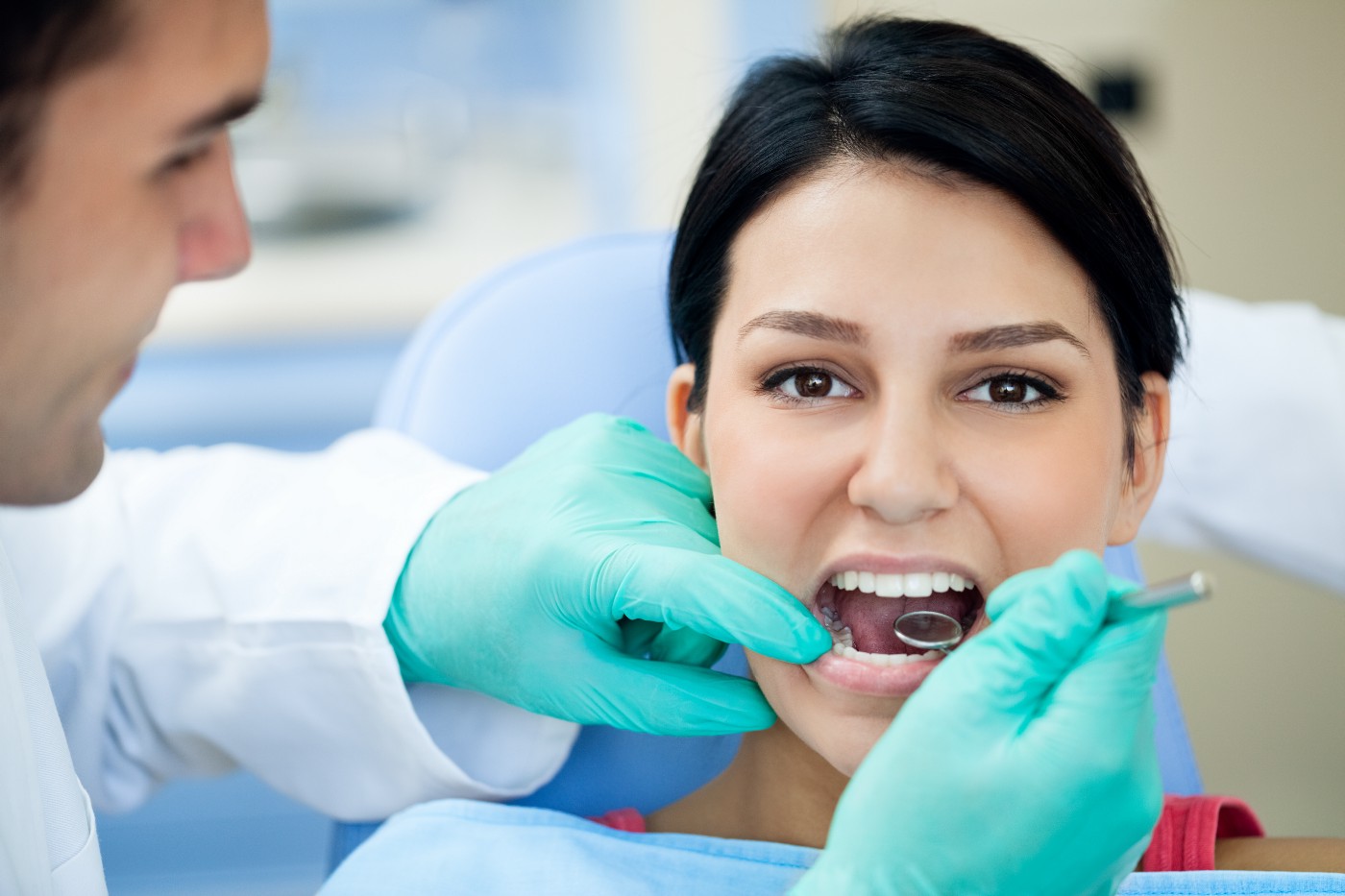Every day presents a new problem for dentists. Priority one is to maintain and increase productivity while maintaining patient safety throughout the procedure. Both novice and experienced dentists occasionally struggle to achieve their objectives.
However, performing a safe operation and remaining productive has never been easier because of the accessibility of cutting-edge dental tools and empowered practices.
Here, only when the dental instruments are properly cared for is it feasible to provide effective services. Of course, dental instruments like extraction forceps come into contact with soft tissues, storing bacteria and perhaps spreading disease.
However, the majority of dentists are not aware of how crucial equipment hygiene is.
It’s crucial to follow the right cleaning procedures to protect the long-term investment in high-quality dental items. It will not only provide financial savings but also ensure that the instruments carry out their intended functions and last for a very long period.
In order to prevent the spread of infection, we have listed some excellent recommendations for cleaning and sterilizing dental instruments. Additionally, it will guarantee the equipment’s longevity.
Steps to Cleaning and Sterilization of Dental Instruments
1. Consider Own Safety Before Beginning Cleanliness
It is vital to have personal safety gear, such as face masks, gloves, smocks, and eyeglasses, before starting the instrument cleaning or sterilization process. You have protected against microbial illness thanks to all of these safeguards. Additionally, it lessens the spread or harboring of infections.
When cleaning sharp instruments, utility gloves can serve to protect the operator from injury. These gloves are resistant to chemicals and relatively easy to disinfect with the steam autoclave procedure. Dental extraction forceps can also be used to move the tools and lower the possibility of any accidents.
2. Cleaning Comes the Next Step
The following stage for the dental practitioner is to clean the tools, which can be done either manually or with the aid of an automated device. For instance, it might be a washer, ultrasonic cleaner, or disinfector.
- Manual cleanliness: In the majority of hectic dental offices, cleaning dental equipment on a regular basis is challenging. This can be troublesome since the instruments will continue to dry out as a result of the debris or blood remaining on them. Additionally, when washing them, the residual blood or solidified blood may be challenging to remove. Here, experts might use spray gels to dissolve the buildups before carrying out the efficient cleaning phase.
- Utilizing automated cleaning equipment makes it simple to handle the cleaning requirements of various tools, such as dental luxation and forceps. It also eliminates the need to pre-soak or brush dental instruments, and maintain their effectiveness and productivity in dentistry.
3. Dry the dental equipment
Prior to completing the sterilization, the equipment must be rinsed and dried. Tools will remain wet after being sterilized while being damp, and the packaging will also get wet. As a result, the treated patient’s mouth becomes moist and germ-filled. Additionally, it increases the danger of equipment infection.
4. Practice sterilizing dental equipment
Sterilization is the process of cleaning the instrument’s surface of all germs, fungi, and spores. As a result, there is a reduced chance of disease or cross-contamination. Remember that cleaning and sterilizing are two different processes. The following are only a few advantages of sterilization:
- It stops bacteria from developing on the surfaces of the devices.
- Before beginning any surgery, it make sure the tools are secure.
- There are fewer microorganisms that are not sterile.
5. The Steam Autoclave is the Next Step.
Steam autoclaves are typical heat sterilizers used by dental professionals. It typically uses two types of steam, both of which require pressure to be applied. The two are identical save for how the appliance evacuates the air before generating the steam.
Steam enters the chamber after passing through the water reservoir. The air is displaced as a result of its departure. The time required for sterilization decreases as the temperature rises.
To Sum Up
To sum up, you will be better prepared if you take a more knowledgeable, organized, and shrewd approach to cleaning dental handpieces, thus, able to stop the spread of infection. Simply put, safeguarding the instruments extends both their lifespan and your financial savings. It guarantees the safety of all the patients and personnel.
Overall, keeping dental handpieces clean gives dentists peace of mind that their patients are receiving wise and effective care. Simply said, the sterilization procedure serves as the office’s first line of infection control. As a result, everyone involved—physicians and patients—will enjoy a positive and secure experience. If you are in Jacksonville Florida and want to have a comprehensive dental checkup, visit Livehealthy Dentistry in Jacksonville FL!









































